Imagine it’s the 19th century. An artist is meticulously working on a canvas, blending the colors together to create a masterpiece. This artwork, once completed, is to be showcased in a gallery, being only accessible to a limited few who have/had the privilege of being there. Fast forward to the present day, and the scenario is dramatically different.
Digital technology has revolutionized the art world in ways that traditional artists could never have imagined. In the present time, a piece of art can be shared with the entire world in a matter of seconds, printed in limitless copies, and enjoyed in myriad forms beyond the physical canvas. Such drastic transformation has given rise to a new era of artistic expression: digital art.
Definition
Being a subset of new media art, digital art embodies any creative practice using digital technology as an essential part of the process. Offering diverse mediums and styles, it ranges from digital photography, computer graphics, and pixel art to experimental forms like AI-generated and augmented reality (AR) art, making its nature quite similar to the versatility of traditional fine art. Within it, artists usually get acquainted with a variety of traditional art elements like shape, line, color, form, space, and texture, simultaneously suggesting learning and utilization of digital tools and software. Such an approach allows for experimentation of technology with the aim of expressing feeling, emotion and unique perspectives.
Digital art could be perceived not as a single medium but a spectrum, within which works like illustrations, animated graphics, GIFs, videos, AR, and AI-generated pieces are frequently produced. These advancements (together with the creation of the internet) have drastically changed how we create, share, and enjoy art, making it the most disruptive medium since the mid-20th century, breathing life into art from a new, more personal and engaging perspective, within the scope of which a transition is of viewers from passive observers into active participants is formed.
Additionally, digital tools and platforms have enabled real-time collaboration among artists worldwide. Software like Adobe Creative Cloud, Procreate, and Blender, along with online communities and social media, provide spaces for artists to co-create, share ideas, and receive feedback, fostering a more interconnected artistic community.
Brief Historical Timeline
The journey of digital art began in the mid-1960s when the concept of “computer art” started gaining traction within the art community. Artists like Frieder Nake leveraged their backgrounds in computer science to create drawings using algorithms, producing varying layouts of shapes and elements that reflected a blend of logic and chance. This early form of new media art quickly expanded beyond static images, giving new rise to artistic expressions in digital formats by the end of the decade.
The term “digital art” was first used in the early 1980s, with the development of AARON, a robotic machine that was developed by Harold Cohen on the basis of a paint program developed by computer engineers designed to make large drawings on sheets of paper placed on the floor. This early foray into artificial intelligence allowed Cohen to continuously refine the AARON program as technology advanced.
Cohen emphasized that AARON was merely a tool to channel his creative impulses, initially producing abstract drawings that evolved into more organic shapes and incorporated color. Today, AARON is often seen as the genesis of AI art or art generated by artificial intelligence.
The 1990s marked a crucial period for digital art, introducing accessibility as its key element. The advent of the internet and personal computers enabled artists to easily experiment with emerging technologies. Anyone could scan photographs, digitally manipulate them, draw with software, or edit graphics and audio into videos.
Digital artworks could now take various formats and be easily distributed and viewed in the new digital realm. This decade also saw digital art integrated into site-specific installations and sculptural works. Pioneers like Maurizio Bolognini and Nam June Paik intertwined audio, video, and images in their works, incorporating monitors, computers, and robotics to highlight the physical components of the digital world. This fusion paved the way for the hybrid world we inhabit today.
Digital vs. traditional art
Digital and traditional art offer distinct experiences and benefits, each bringing unique characteristics to the world of art:
- Accessibility – works could be accessed from anywhere in the world, without the need of visit a specific location to witness a digital art piece.
- Flexibility – The involvement of technology in digital art opens up a larger spectrum of physically feasible-to-build possibilities.
- Compatibility – Complementing the preceding point, suggests that digital techniques are inherent to both digital, as well as physical work.
- Originality and value – Unlike in traditional art, one of the defining characteristics of digital art is its ability to be digitally reproduced and printed.
- Diversity – Digital art is not bound by physical materials, giving artists access to a wealth of colors, effects, layers, and tools that traditional artists cannot achieve. This vast array of options allows for more creative experimentation and innovation, resulting in highly diverse and dynamic artworks.
Shift in the Values
The integration of digital technologies into the art world has significantly altered how art is perceived, valued, and owned. The ability to enhance, print, and share art pieces globally has broadened the audience, allowing for diverse interpretations and greater exposure. This widespread reach not only amplifies the influence of individual artworks but also diversifies the range of thoughts and critiques they receive.
For instance, traditionalists often question the legitimacy and value of digital artworks due to their reproducibility and perceived ease of creation. There are also concerns about the environmental impact of digital art, particularly regarding energy consumption and electronic waste. The rise of the NFT market, while offering new opportunities for artists, has been criticized for its speculative nature and potential financial instability. Despite these challenges, digital art continues to expand the boundaries of creative expression with innovative tools and mediums like AI, 3D modeling, and generative art.
The development of blockchain technology, cryptocurrencies, and non-fungible tokens (NFTs) has further transformed the art market. These advancements have enabled ownership of digital art, which was previously impossible to claim. The rise of the NFT market, while offering new opportunities for artists, has been criticized for its speculative nature and potential financial instability. It experienced a nearly 300% growth in 2020, with sales of crypto art and collectibles reaching an estimated $3.5 billion in 2021, according to the Hiscox Art Trade report. Compared to the traditional art market, NFTs offer several benefits: they validate digital works as art and assets, ensure authenticity and transparency, provide cheaper and quicker authentication, and allow artists to earn royalties from future sales. This represents a significant shift from the traditional art system, where artists typically do not profit from secondary market sales.
The most revolutionary aspect of NFTs in the art industry is their impact on ownership. While some argue that owning a digital art piece is senseless due to the abundance of copies, the market values the ownership of an original piece, whether physical or digital. Just as a print of a Picasso painting is not equivalent to owning the original, an NFT represents the original digital artwork’s monetary and social value. This unique ownership aspect is what makes the NFT art market so valuable.
Digital Art Nowadays
Digital art encompasses a wide array of styles and mediums, including digital painting, computer graphics, AI-generated art, augmented reality (AR) art, and more. Each of these directions allows artists to explore new techniques and create works that blend traditional art principles with cutting-edge technology.
Digital Painting and Illustration:
Artists like Aiste Stancikaite and Sara Lundy are renowned for their innovative approaches to digital techniques. Their work exemplifies how digital tools can be used to achieve intricate, detailed illustrations that rival traditional mediums.
Also, Idil Dursun (known as jarvinart), is recognized for her intricate and imaginative digital paintings and 3D artwork, often depicting futuristic and dystopian landscapes. Having a background in architecture combines her technical skills and artistic vision to create detailed, immersive scenes that frequently explore themes of urbanization, technology, and the relationship between humans and their environment.
AI-Generated Art:
Mario Klingemann, a pioneer in AI art, is known for his experimental works that utilize artificial intelligence to create unique pieces. In 2017, he produced a series of six prints using AI models to transform stick figures into paintings. His piece, The Butcher’s Son, won the Lumen Prize for best art created with technology, highlighting the potential of AI in art (Bravic, 2023).
Vincent Viriot (ifonly.ai) is an artist who could be defined by an artistic style that blends boundaries of avant-garde fusion between technology and artistry, characterized by its experimental and conceptual depth. His work masterfully leverages AI algorithms to generate intricate and often surreal visual narratives that explore complex themes of identity, human-machine interaction, and perception.
Augmented Reality (AR) Art:
Tamiko Thiel explores augmented reality as a medium for artistic expression, creating immersive experiences that blend digital elements with physical spaces. Her artworks often engage with social and environmental themes, using AR technology to provoke thought and interaction in public settings.
Another good artist is Eceertrey, a Denver-based artist specializing in augmented reality (AR) and virtual reality (VR) sculpture and photography. With over 15 years of experience, he has mastered various 3D software to create AR art. Inspired by the mountainous regions of the western USA, Eceertrey places his VR/AR sculptures in natural outdoor settings.

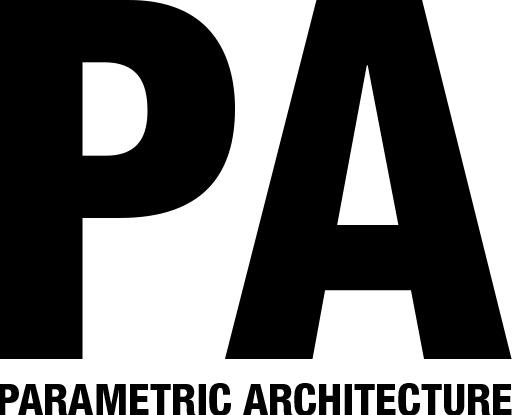


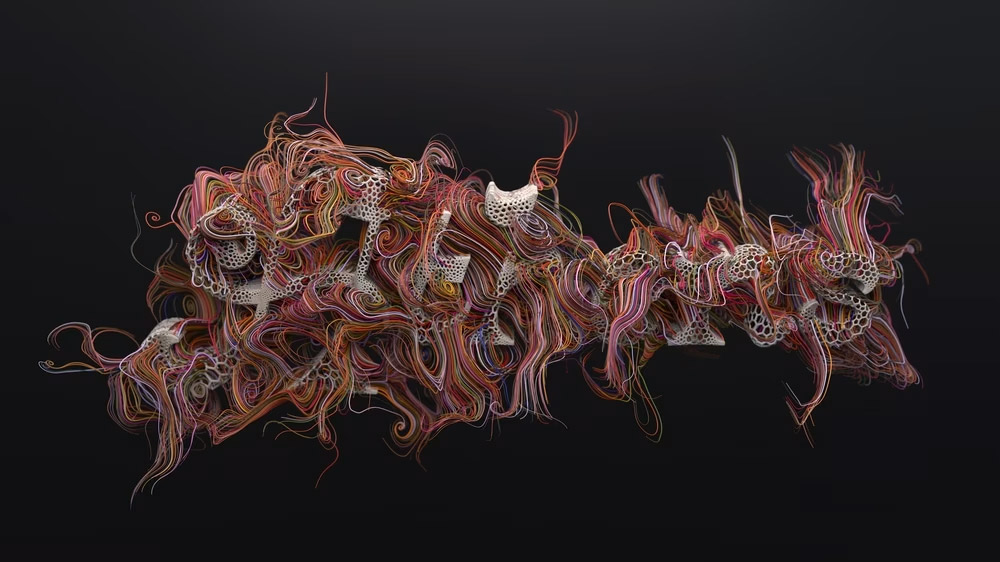

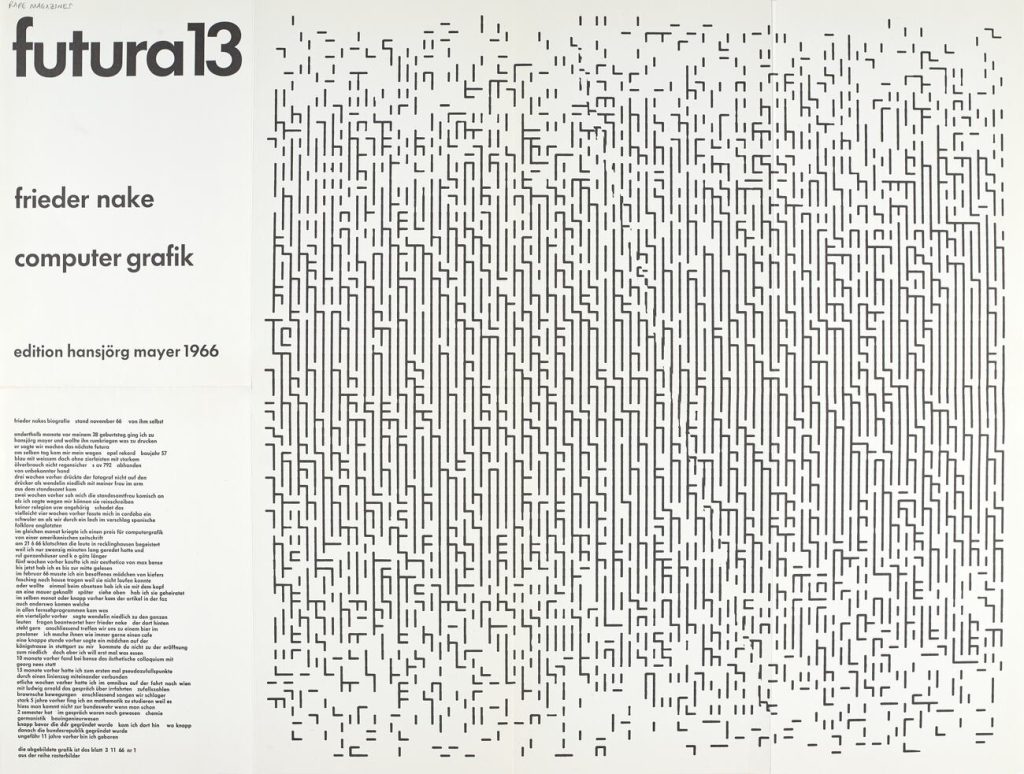
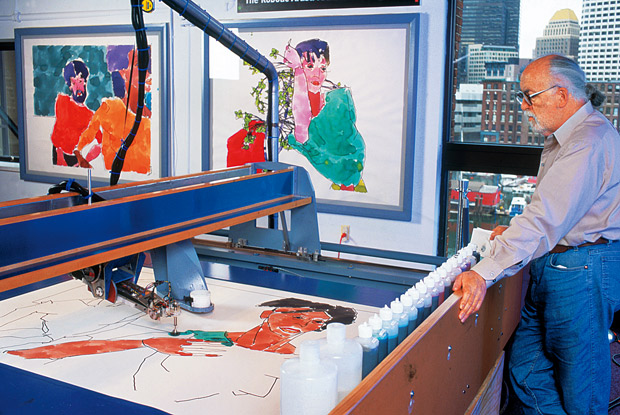
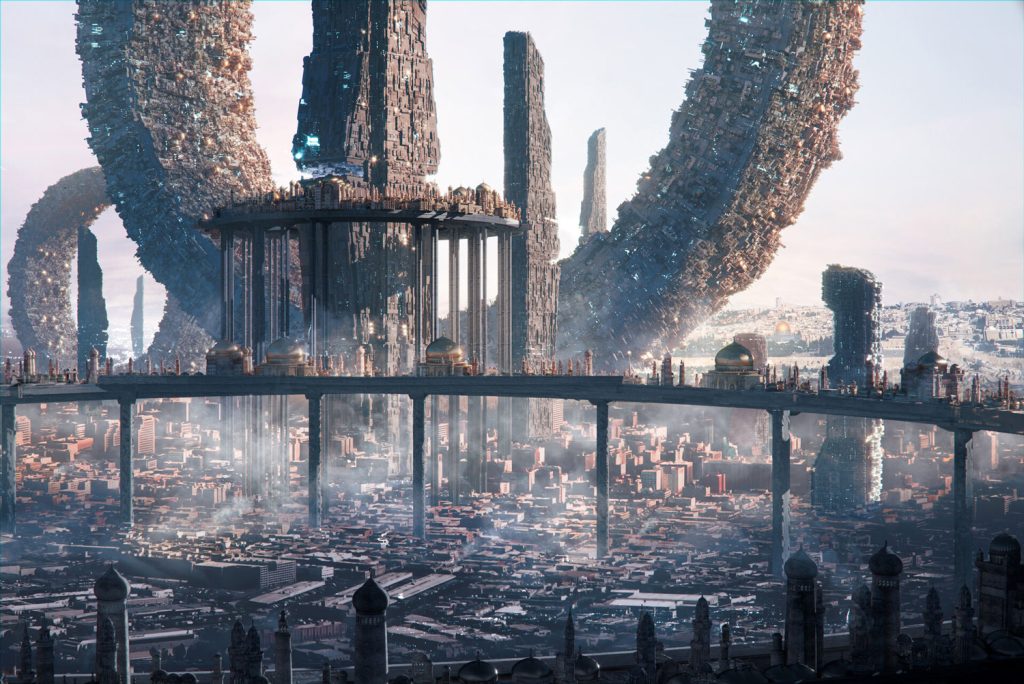
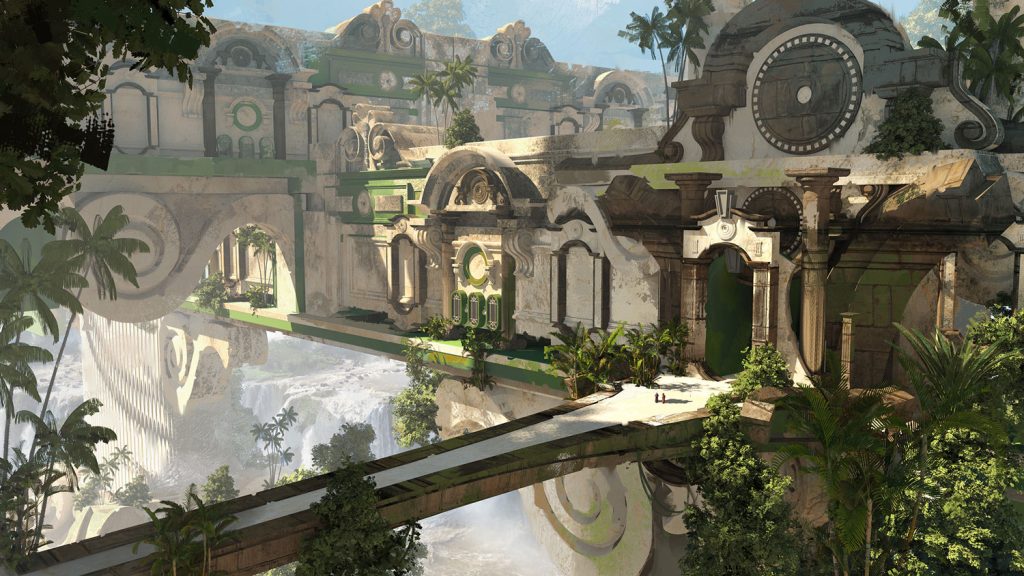
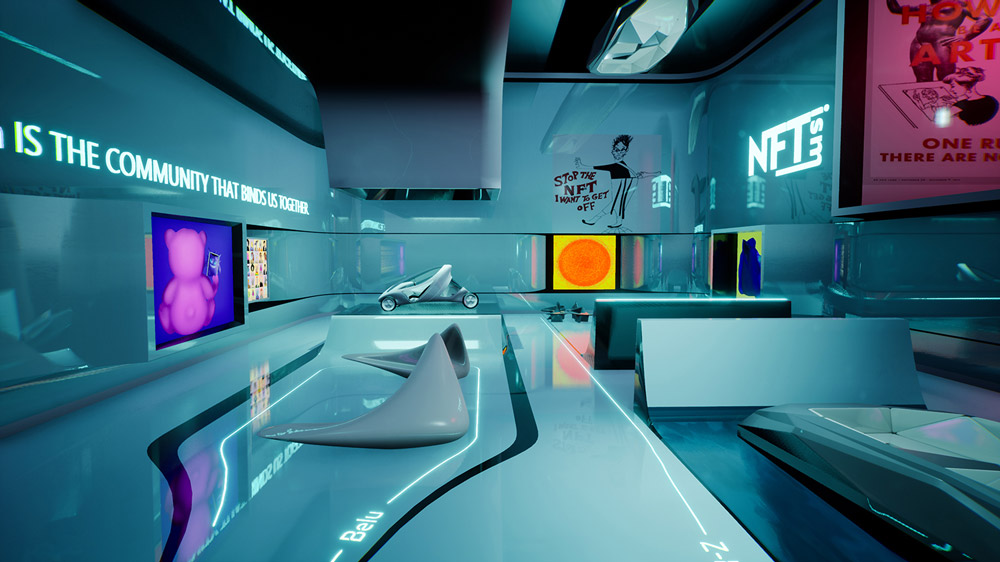
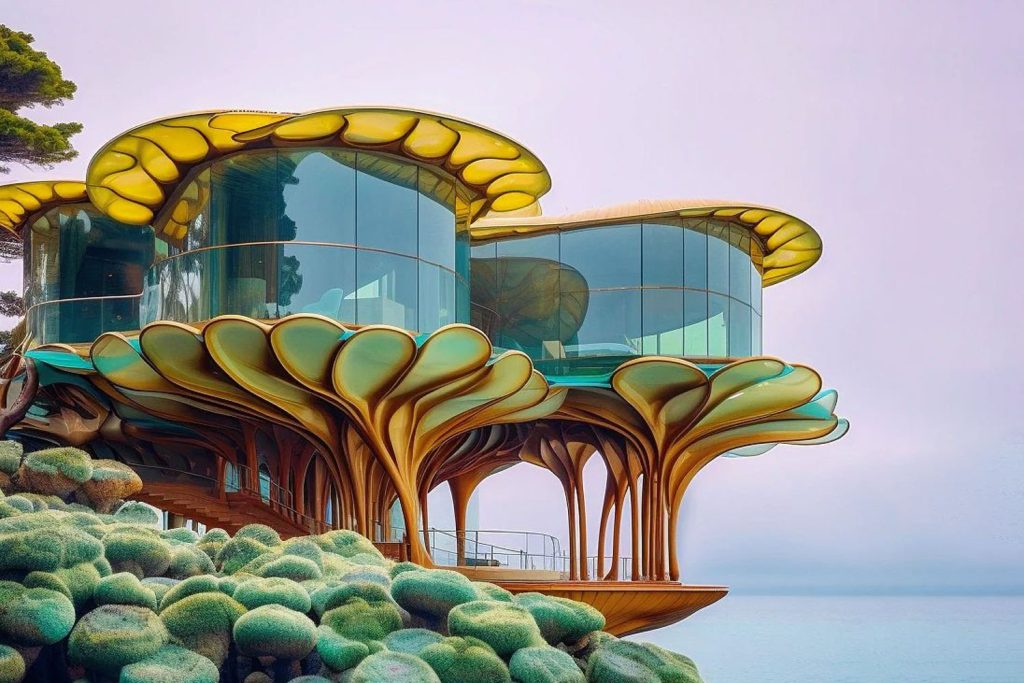
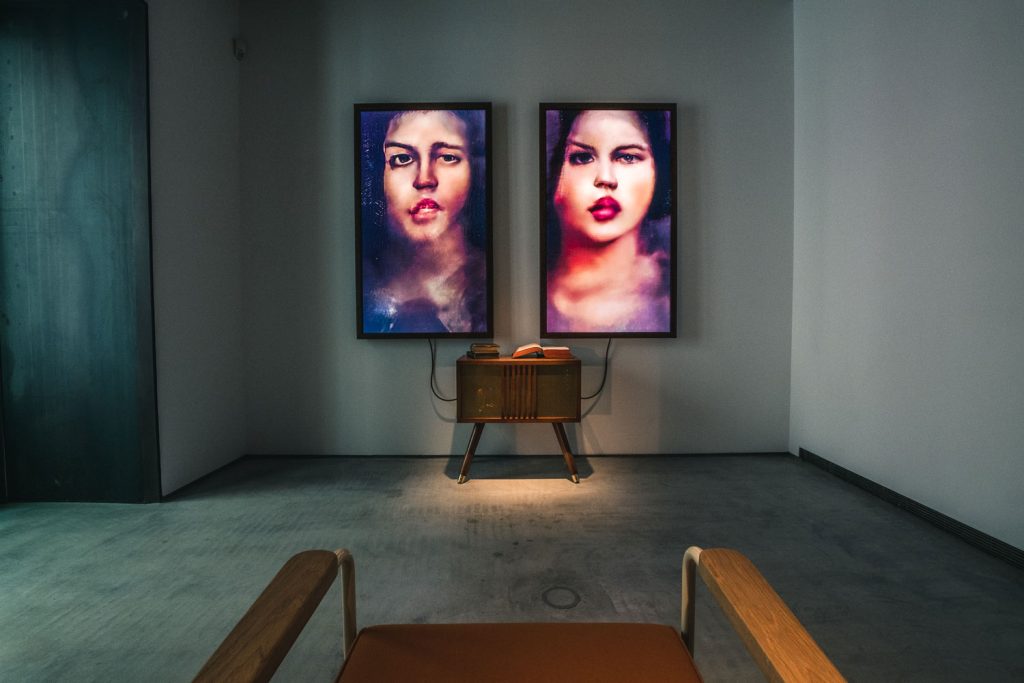
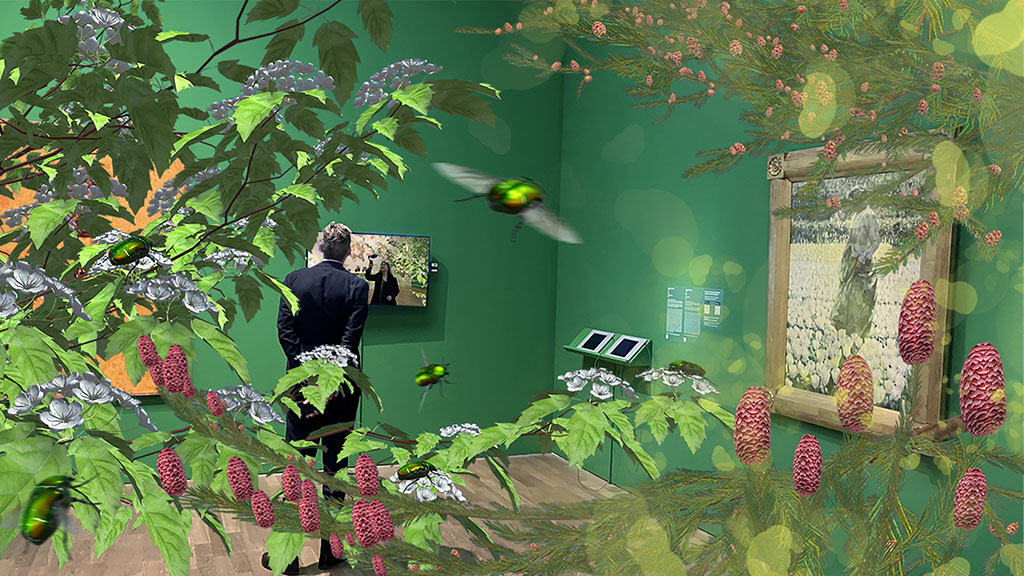

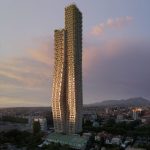
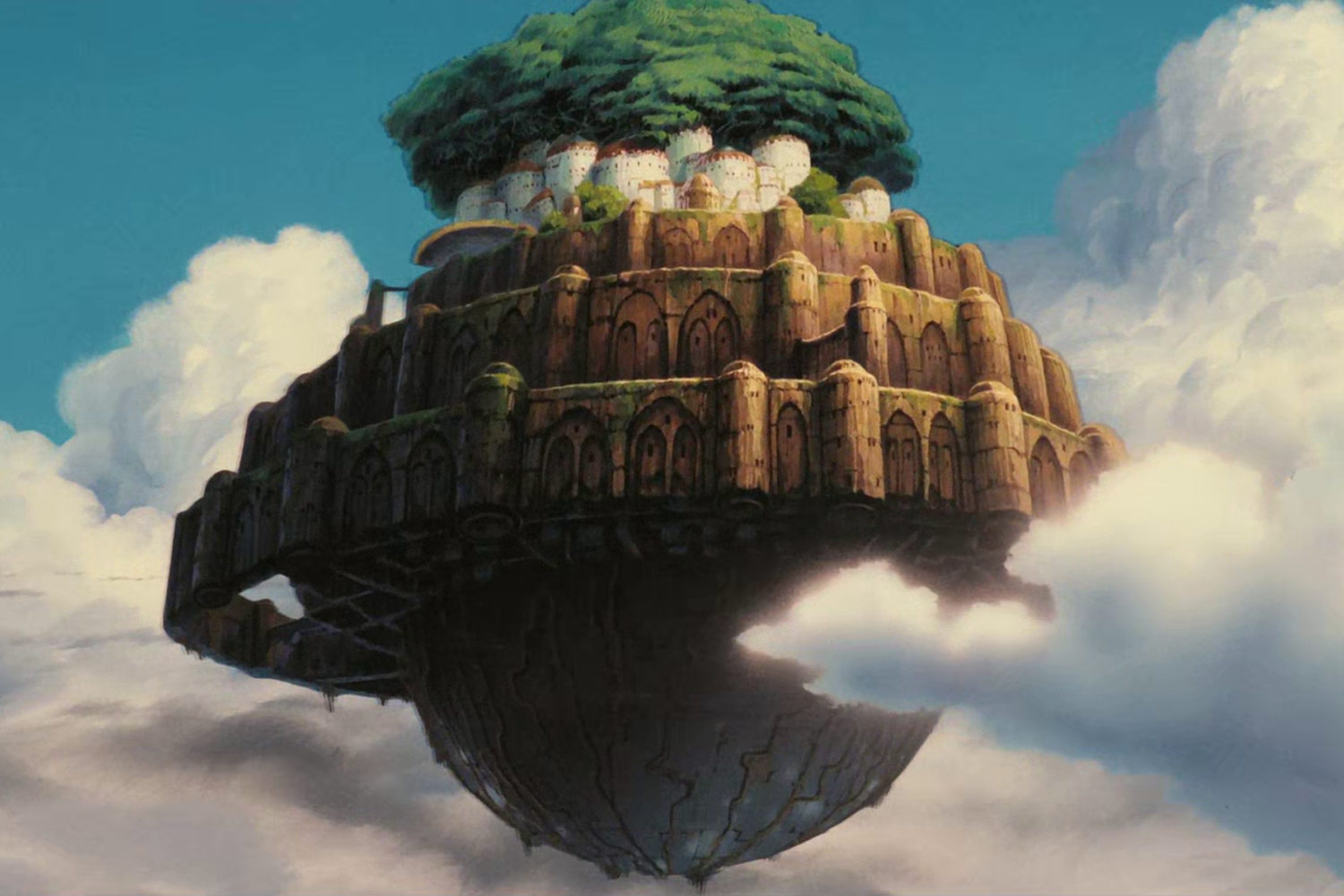


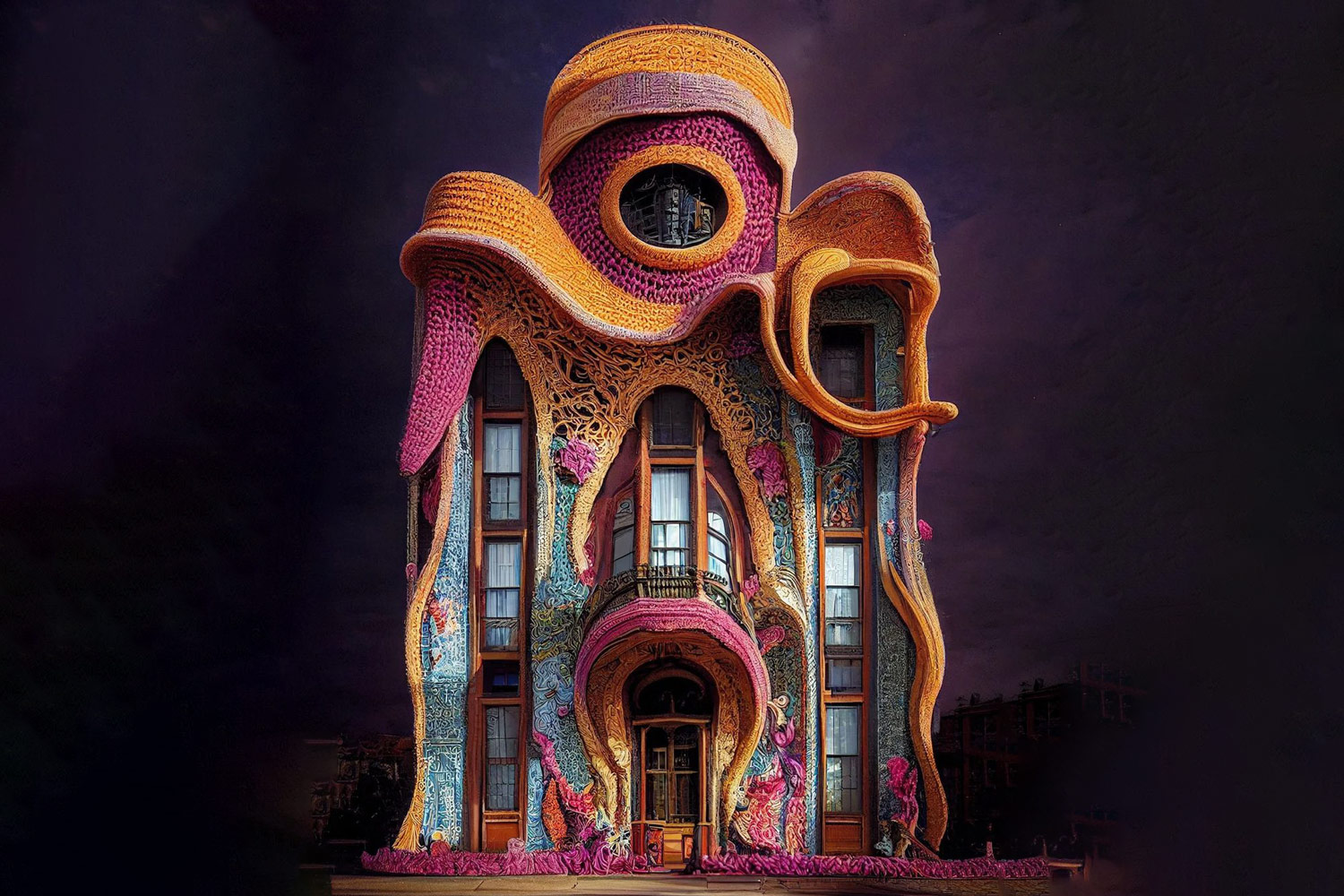








Leave a comment